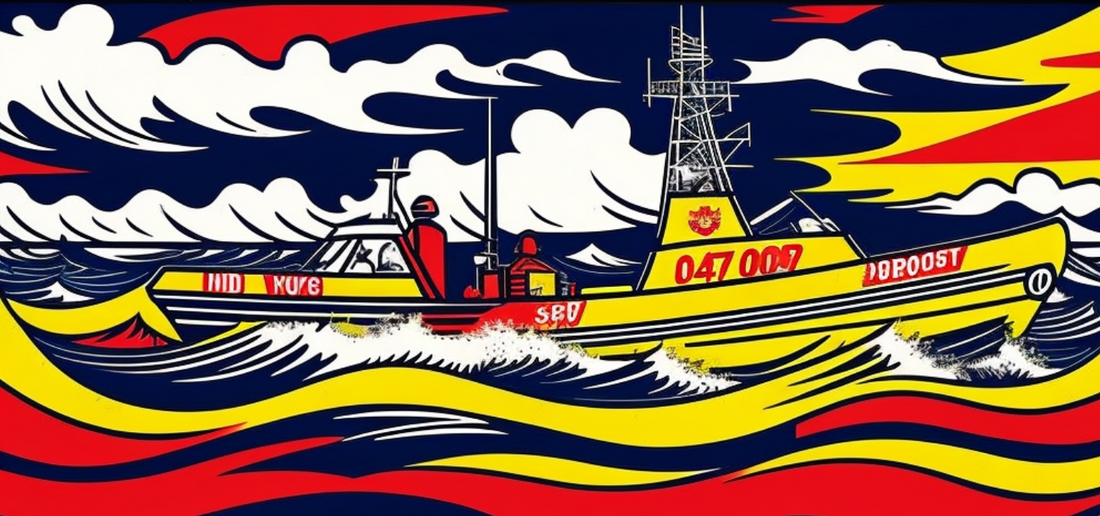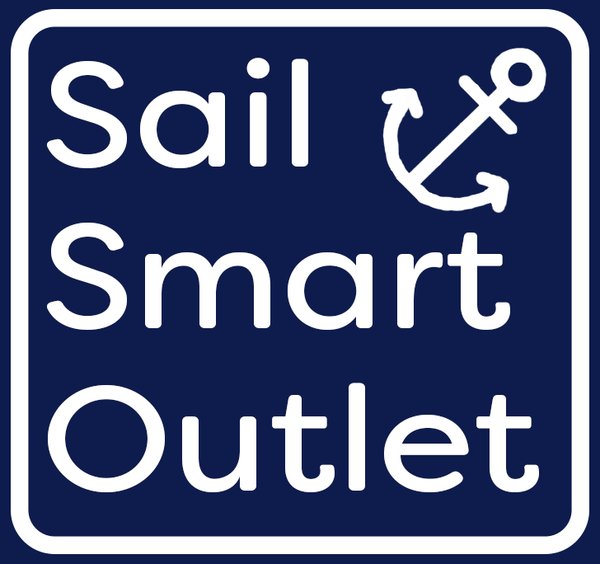A Beginner's Guide to Sailing Safety

Navigating the High Seas: A Beginner's Guide to Sailing Safety
Sailing is a thrilling adventure that allows you to connect with the natural world and explore the open waters. Whether you're a seasoned sailor or just dipping your toes into the world of maritime adventures, safety should always be a top priority. In this guide, we'll explore essential safety tips for sailors of all levels to ensure your voyages are enjoyable and secure.
1. Prioritize Proper Training:
Before setting sail, invest in proper training and education. Enroll in sailing courses or seek the guidance of experienced sailors. Understanding navigation, weather patterns, and basic seamanship is crucial. Additionally, learn how to operate safety equipment, like life jackets, flares, and fire extinguishers.
2. Check Weather Conditions:
Always check the weather forecast before heading out. Unpredictable weather can pose significant risks at sea. Be prepared to postpone or adjust your plans if adverse conditions are predicted. Pay attention to wind speed, tides, and storm warnings, and always err on the side of caution.
3. Maintain and Inspect Your Vessel:
Regularly inspect your boat for any signs of wear and tear. This includes checking the hull, rigging, sails, and safety equipment. Ensure your boat's engine is well-maintained and always carry essential spare parts and tools for minor repairs.
4. File a Float Plan:
Inform someone ashore about your sailing plans. Share your intended route, departure and arrival times, and contact information. This information is crucial in case of an emergency, as it helps rescue teams locate you quickly.
5. Safety Equipment Essentials:
A well-equipped boat is a safe boat. Here are some essential safety items to have on board:
- Life Jackets: Ensure you have enough life jackets for every passenger, and make sure they are easily accessible.
- Fire Extinguishers: Keep fire extinguishers in accessible locations and ensure everyone on board knows how to use them.
- First Aid Kit: A well-stocked first aid kit can be a lifesaver in case of injuries.
- Flares and Distress Signals: These are essential for signaling for help in emergencies.
- VHF Radio: A reliable communication tool for contacting authorities or other vessels in case of emergencies.
6. Maintain Proper Navigation and Communication:
Invest in navigation equipment like GPS, charts, and compasses to ensure you always know your position. Additionally, stay in touch with other vessels and coastal authorities through VHF radios or satellite communication devices.
7. Follow Navigational Rules:
Understanding and adhering to the rules of the road at sea is vital to prevent collisions and ensure safety. Learn and practice the COLREGs (International Regulations for Preventing Collisions at Sea).
8. Plan for Man Overboard Situations:
Prepare and practice man overboard drills with your crew. Have equipment like lifebuoys, MOB alarms, and recovery gear ready for quick action.
9. Stay Sober and Well-Rested:
Alcohol impairs judgment and coordination, making it a dangerous choice on the water. Ensure everyone on board is well-rested and alert during your voyage.
10. Respect the Environment:
Sailors are stewards of the ocean. Dispose of trash properly, avoid oil and fuel spills, and be mindful of marine life and protected areas.
By following these safety guidelines, you'll be better prepared to navigate the high seas and enjoy your sailing adventures to the fullest. Remember that safety should always come first, ensuring that each voyage is not only thrilling but also secure.
Happy and safe sailing! ⛵🌊🌞





